
“I could win games with two sorority girls, two Phi Beta Kappas and Wilt Chamberlain.” So great was Chamberlain’s talent, according to his University of Kansas coach Phog Allen, that the 7-foot-1-inch basketball phenom could win games with any other four players on the court. This star status led to a record-shattering NBA career. It also created a reputation for Chamberlain as a selfish and showy player—in LIFE’s words, “the self-appointed greatest.”
But even Chamberlain’s detractors had to admit that game after game, his towering presence often made the difference between victory and defeat. When he was sidelined with an injury in 1970, his Lakers teammate Jerry West told LIFE, “You don’t realize what one man can mean to a team. When you see that guy working, you know you’re in the game.”
Perhaps the most memorable of Chamberlain’s show-stopping performances happened on March 2, 1962, when the Philadelphia Warriors, for which he played at the time, were playing the New York Knicks. Chamberlain had been breaking his own records one after another that season, his third in the league. Averaging 50 points per game, he had already broken the NBA single-game scoring record of 71 points with 78 points during a game that went into triple-overtime. No player had scored more than 3,000 points in a season, and he was fast approaching 4,000.
That night, the Hershey Sports Arena was only half-full with the 4,000 spectators typical of the NBA’s poorly attended games of that era. Press attendance was limited, and the game was not televised, meaning there is no known footage of Chamberlain’s feat. Despite having been out until six in the morning the night before, Chamberlain handily reached 70 points, and then 80, at which point his teammates began making it their mission to get him the ball. The Knicks made it theirs to keep it away. The audience became so focused on his hitting the hundredth point that they barely registered that every point he scored was a new record.
The basket that broke the record came with 46 seconds to go, with an assist from Joe Ruklick, who later called himself “a walking footnote” in NBA history. Chamberlain said that despite that night’s record—which to this day still stands—the most meaningful of his myriad records was grabbing 55 rebounds against his rival, Bill Russell.
Chamberlain was so successful that fans in his day tended to take his talent for granted. Some attributed perhaps more credit than is fair to his height. As LIFE summed it up in 1967: “Averaging over 50 points a game one season, leading the pros year after year in scoring and rebounding, making a lion’s share of the record book his own. Things like that are merely how a Giant gets to be a Giant—as opposed, say, to the 7-foot freaks who can’t play and are merely tall.”
Liz Ronk, who edited this gallery, is the Photo Editor for LIFE.com. Follow her on Twitter at @LizabethRonk.

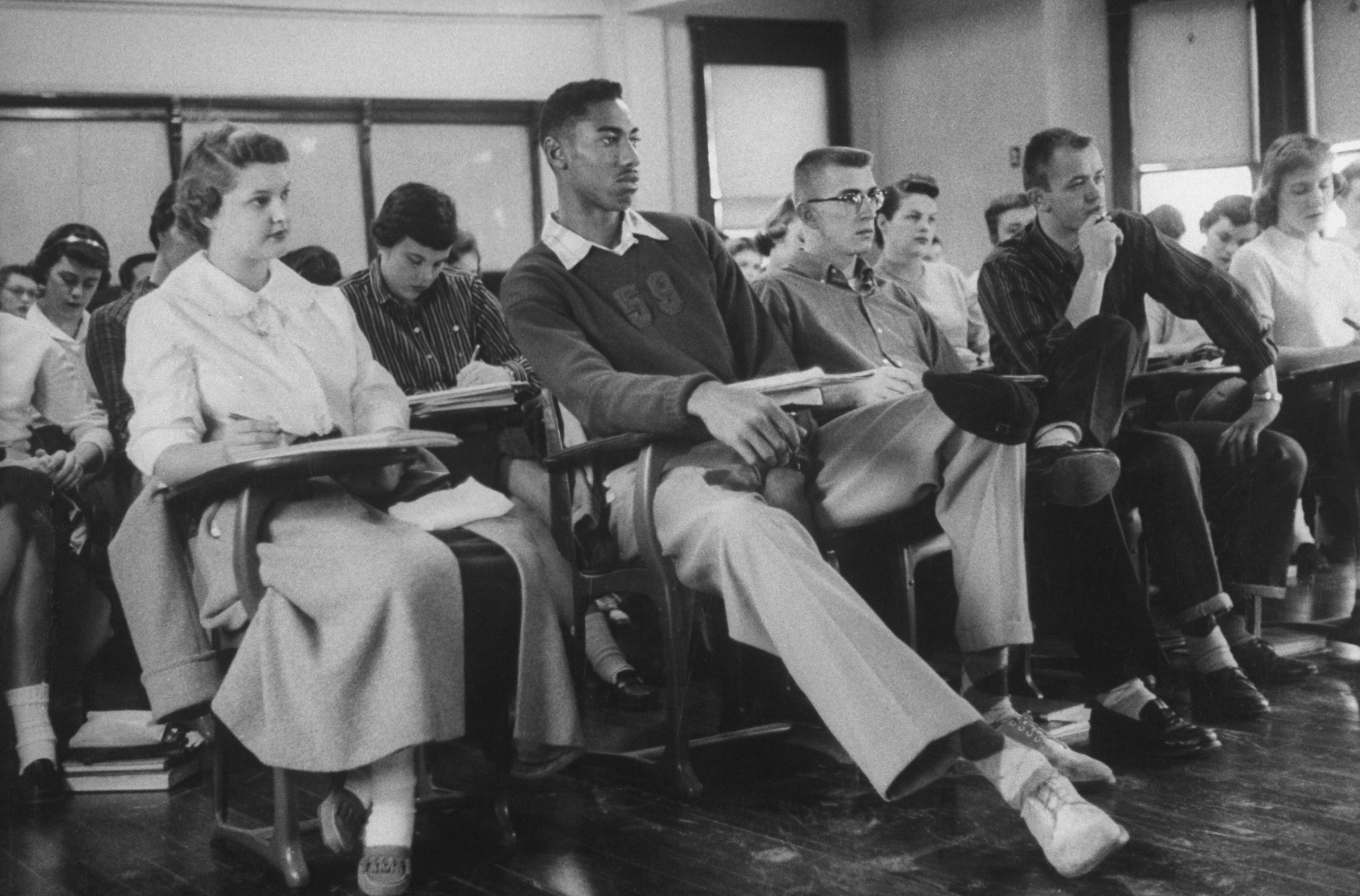
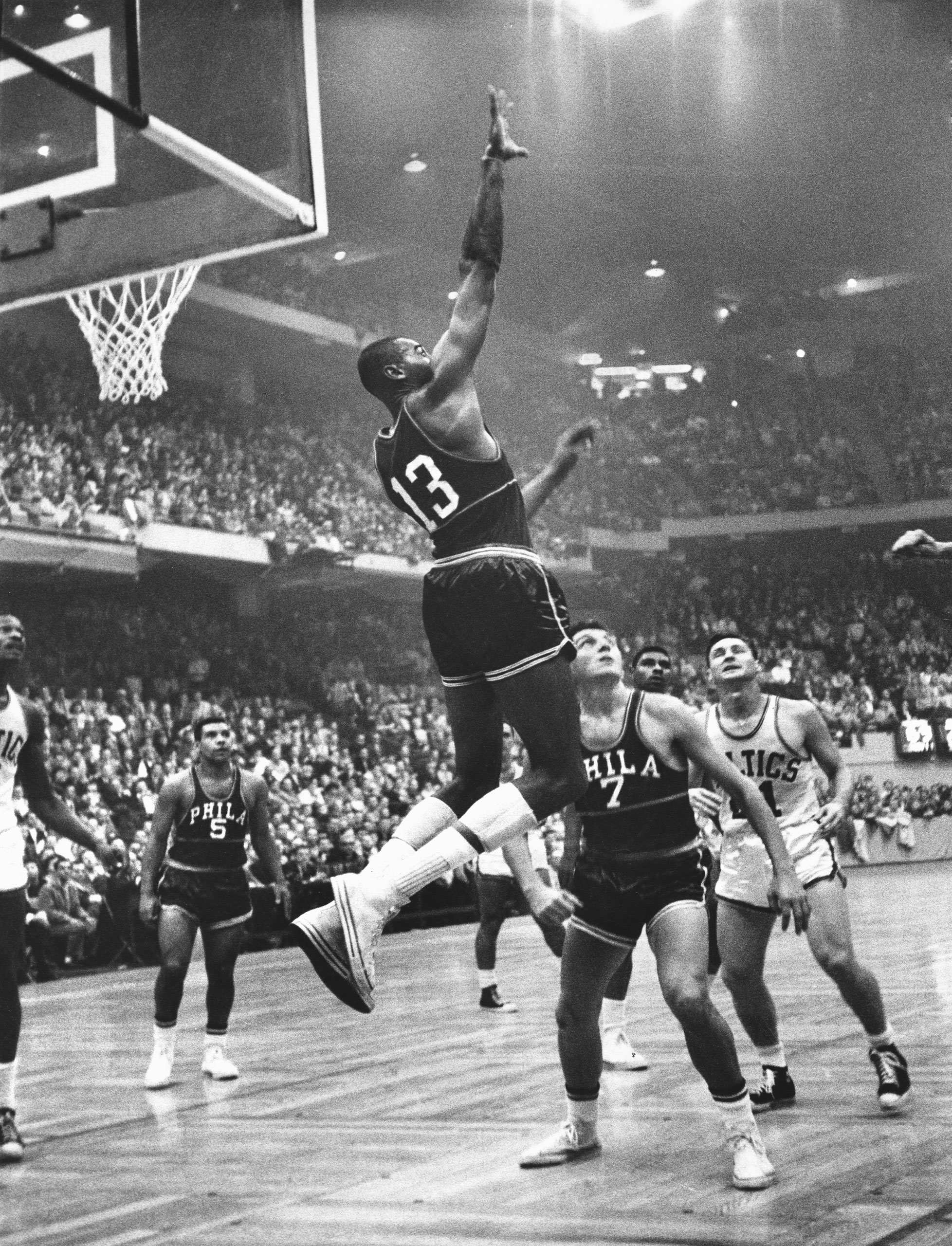
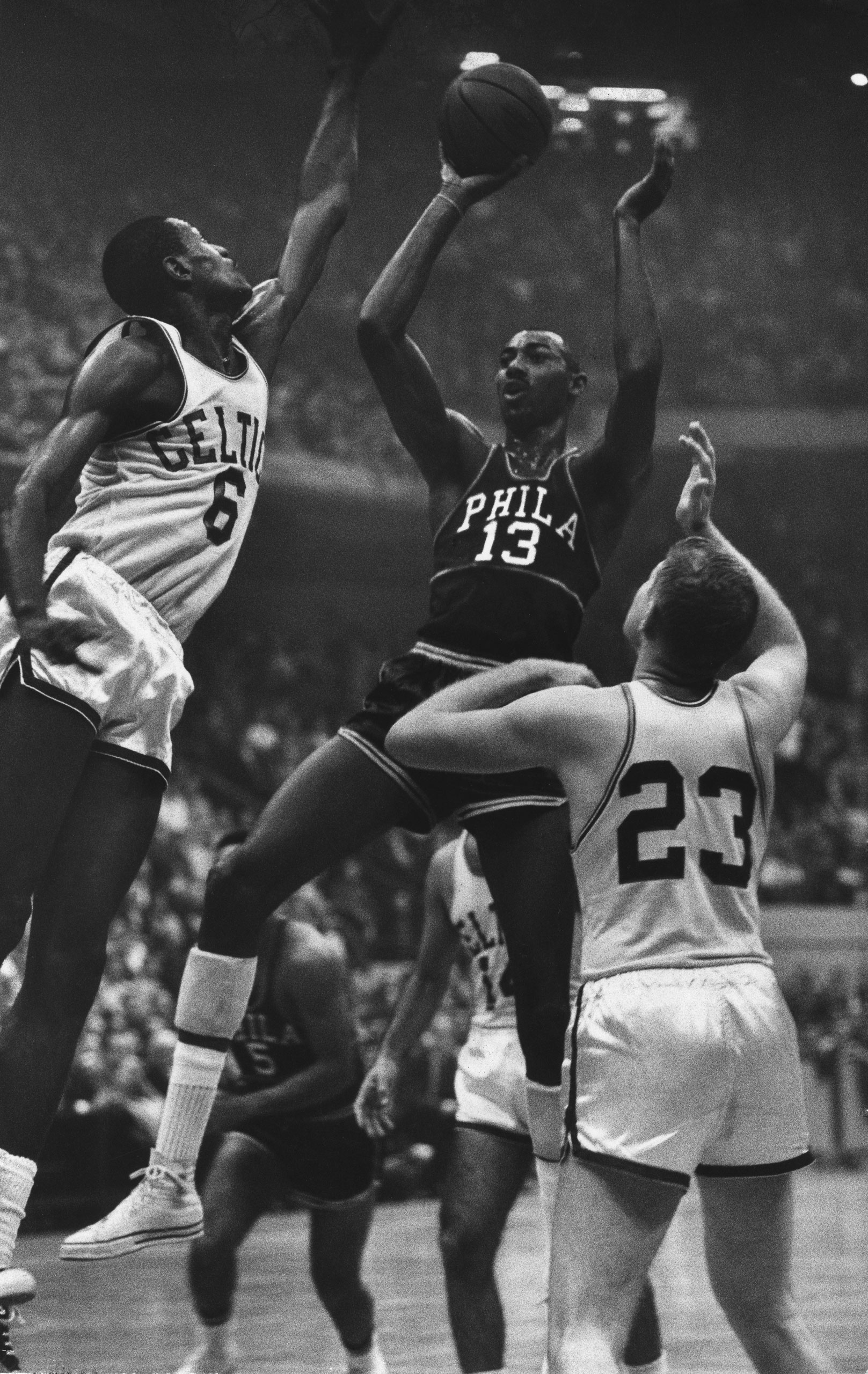
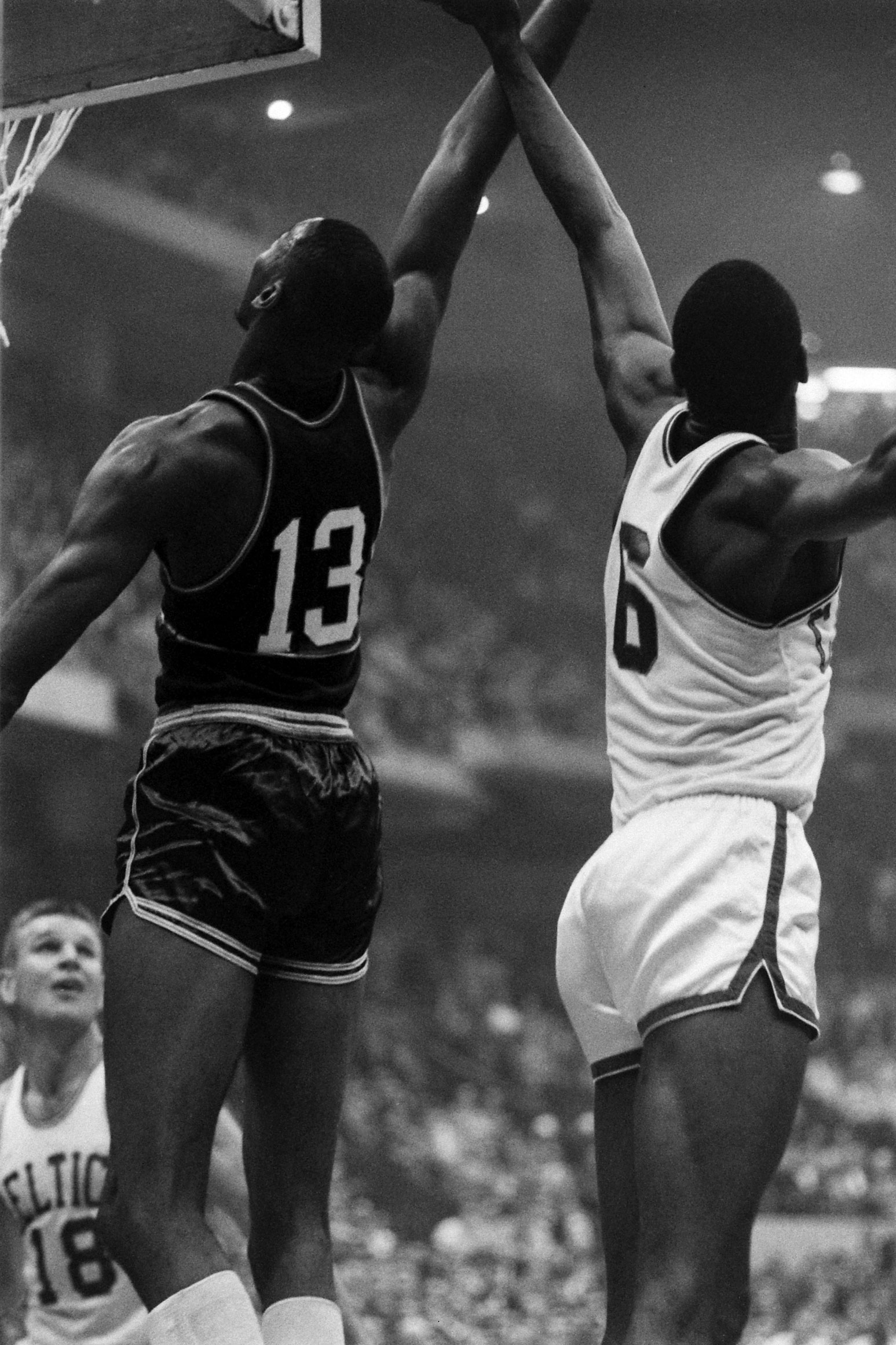
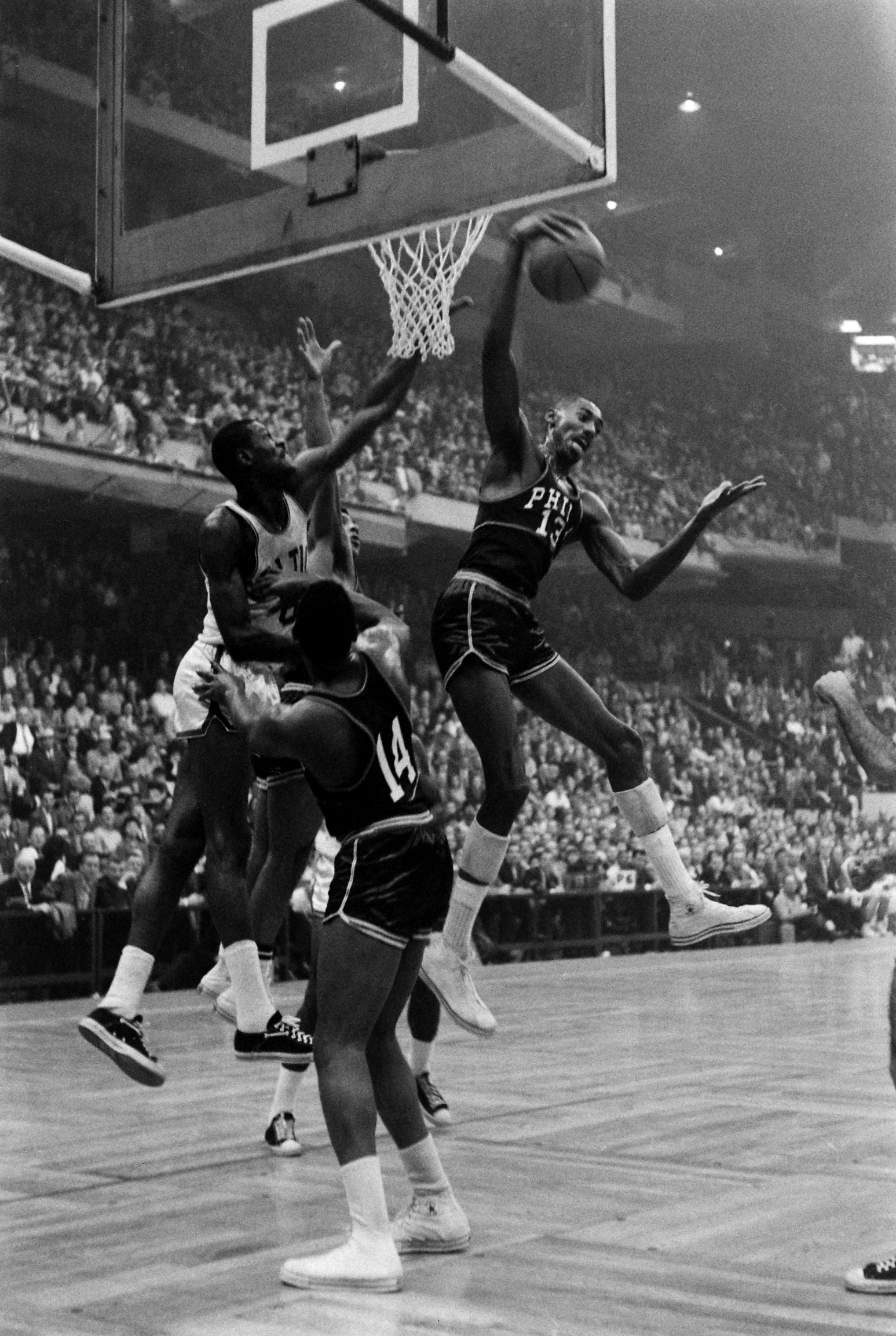
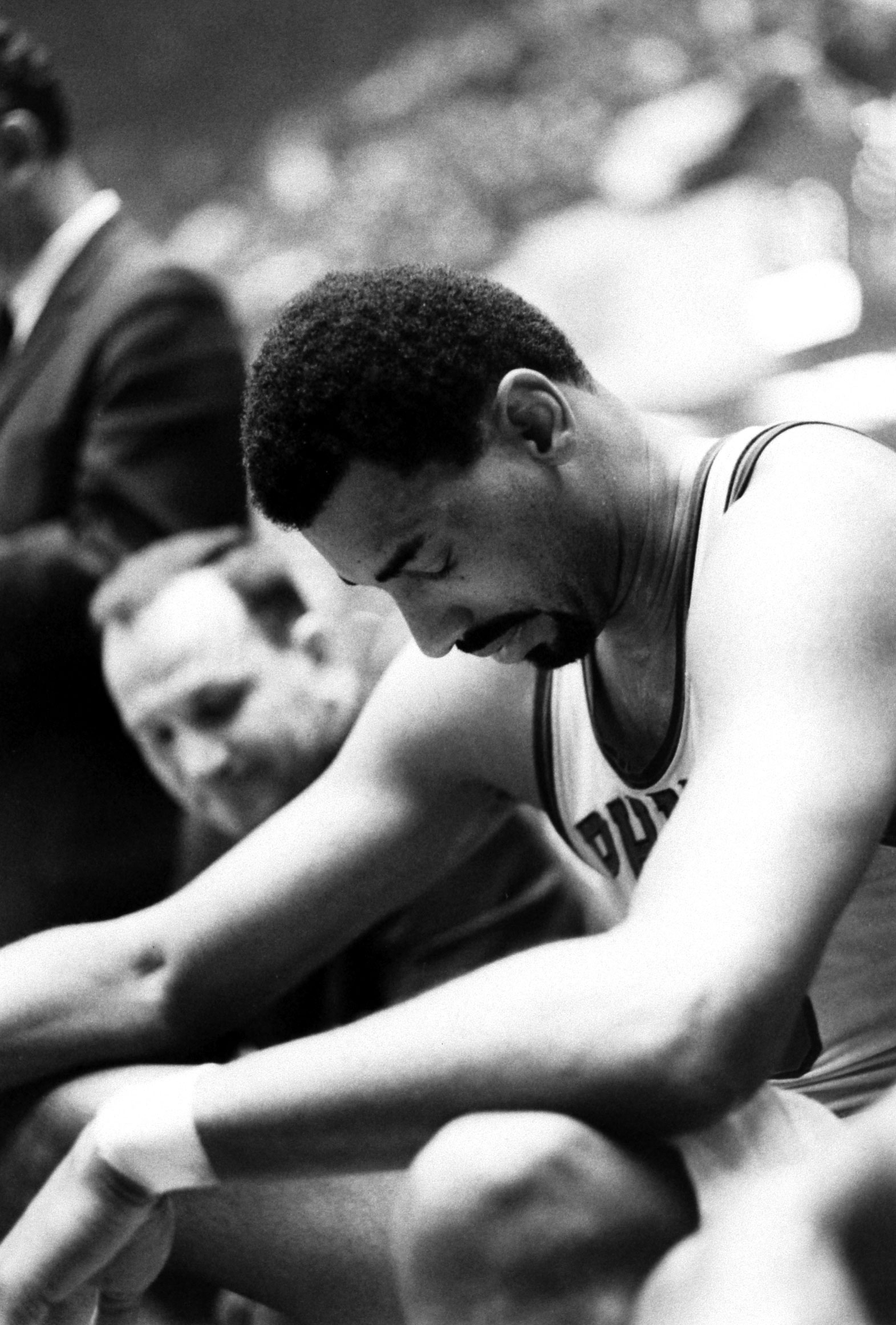



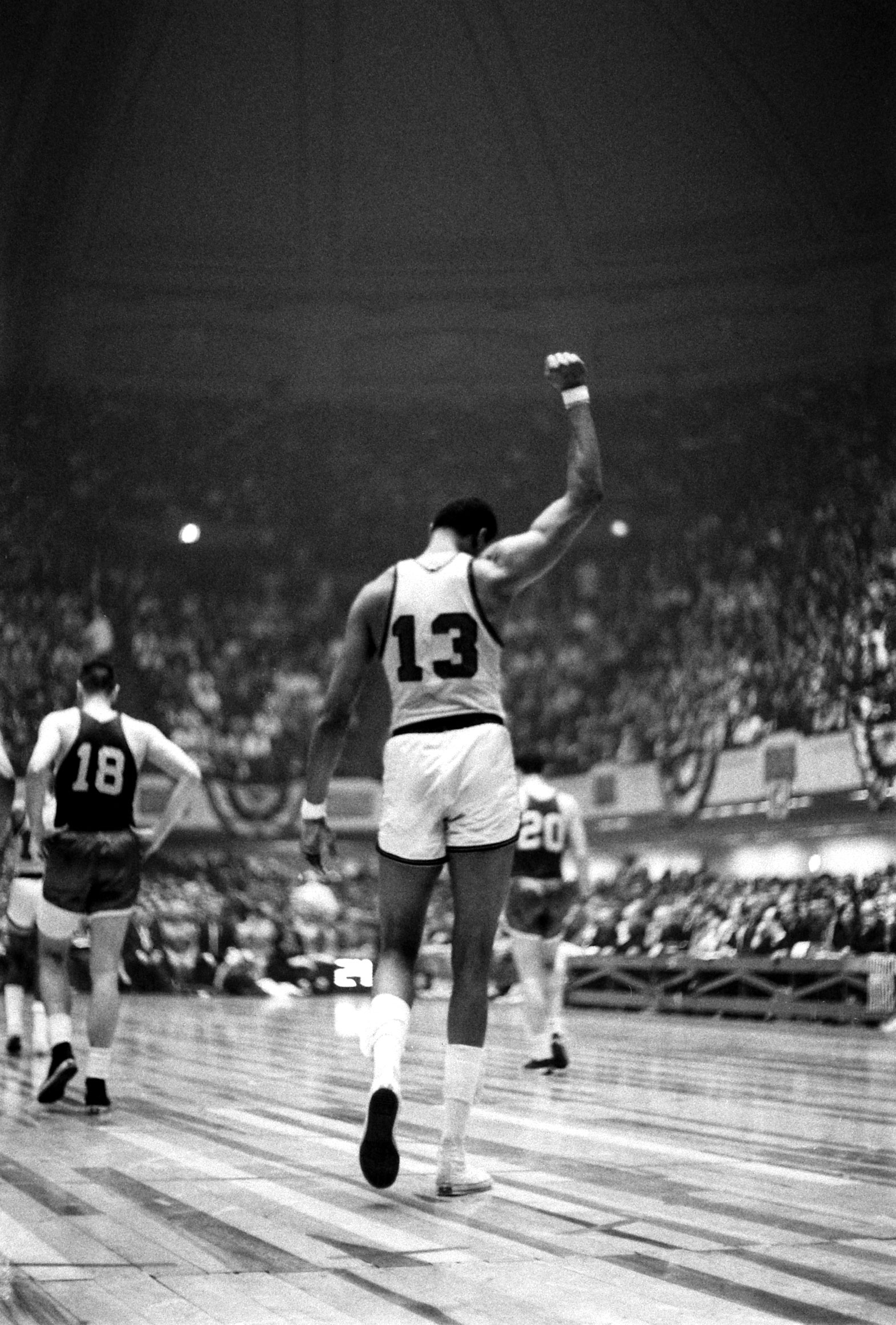


More Must-Reads From TIME
- The 100 Most Influential People of 2024
- Coco Gauff Is Playing for Herself Now
- Scenes From Pro-Palestinian Encampments Across U.S. Universities
- 6 Compliments That Land Every Time
- If You're Dating Right Now , You're Brave: Column
- The AI That Could Heal a Divided Internet
- Fallout Is a Brilliant Model for the Future of Video Game Adaptations
- Want Weekly Recs on What to Watch, Read, and More? Sign Up for Worth Your Time
Write to Eliza Berman at eliza.berman@time.com